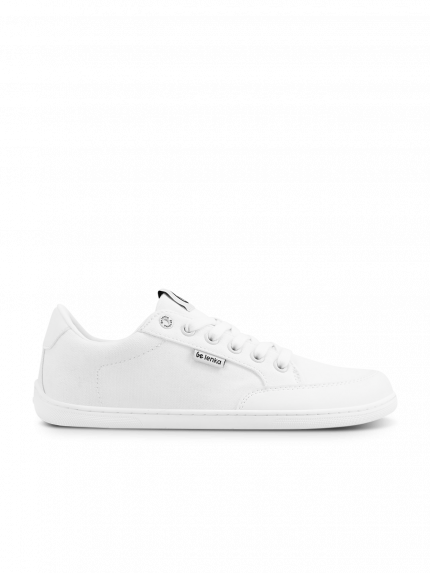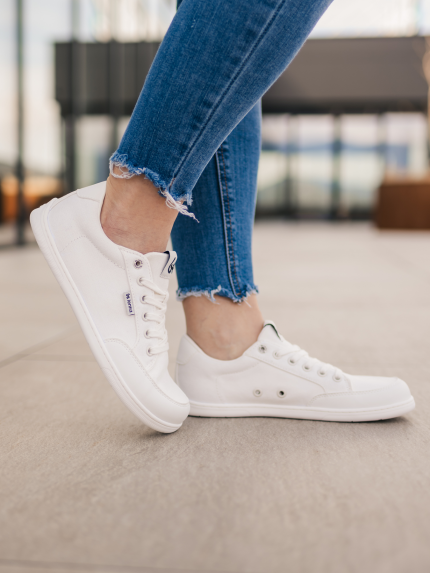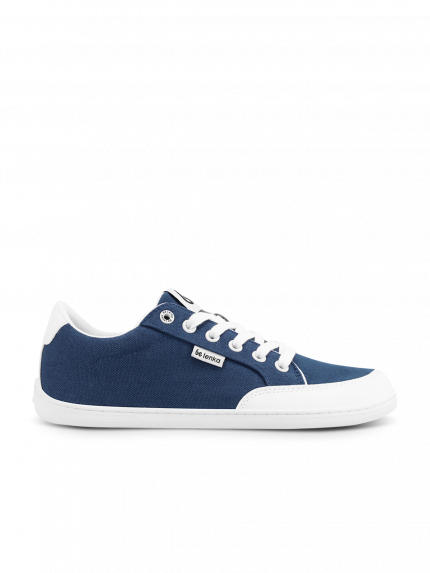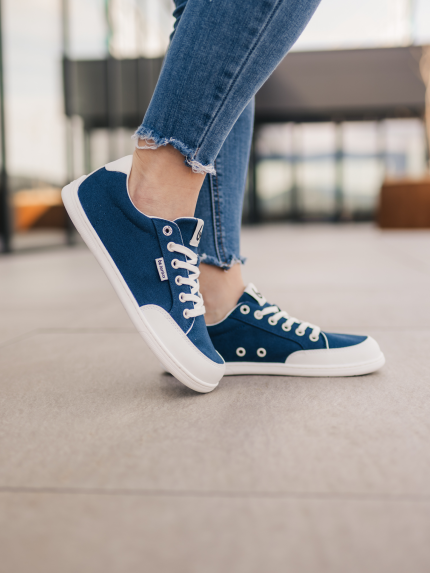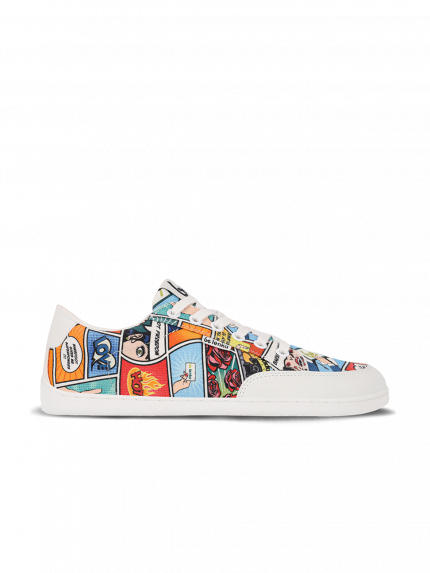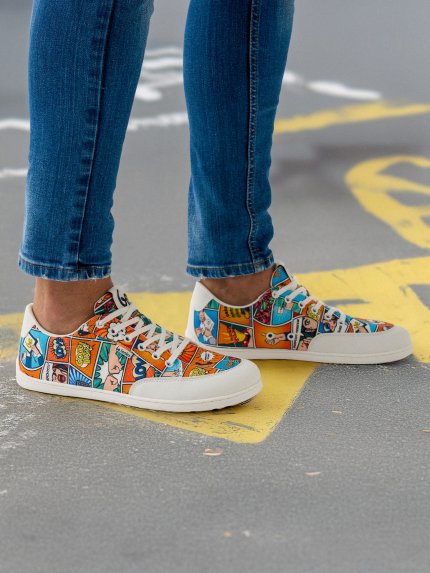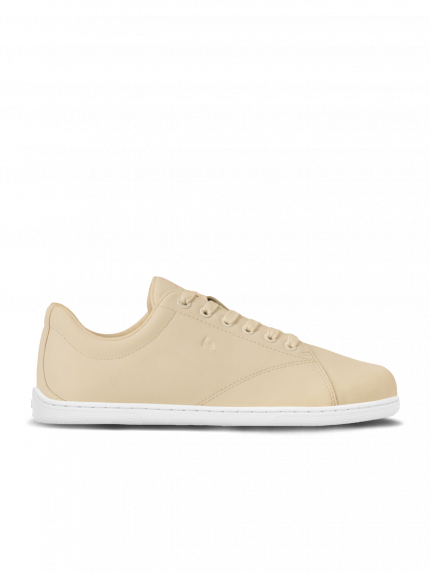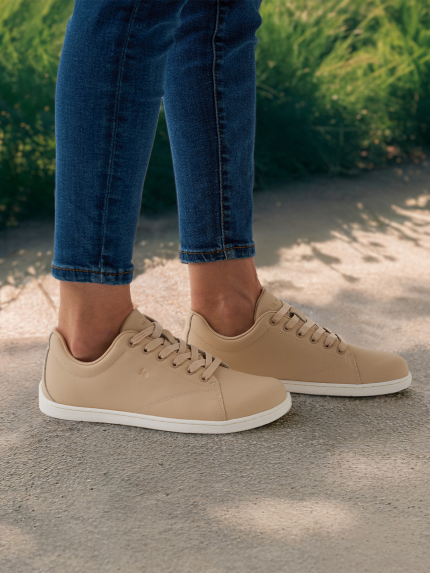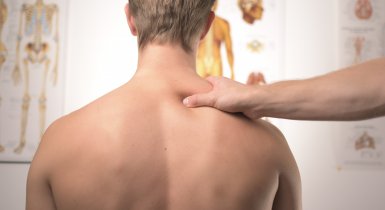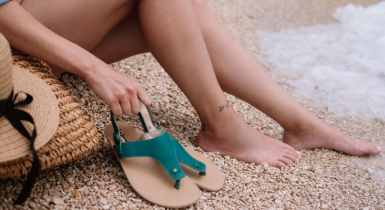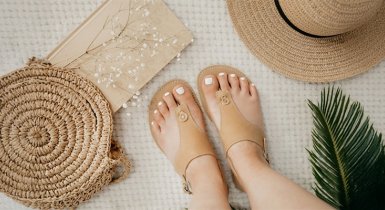First Barefoot Shoes: How to Start and What to Watch Out For
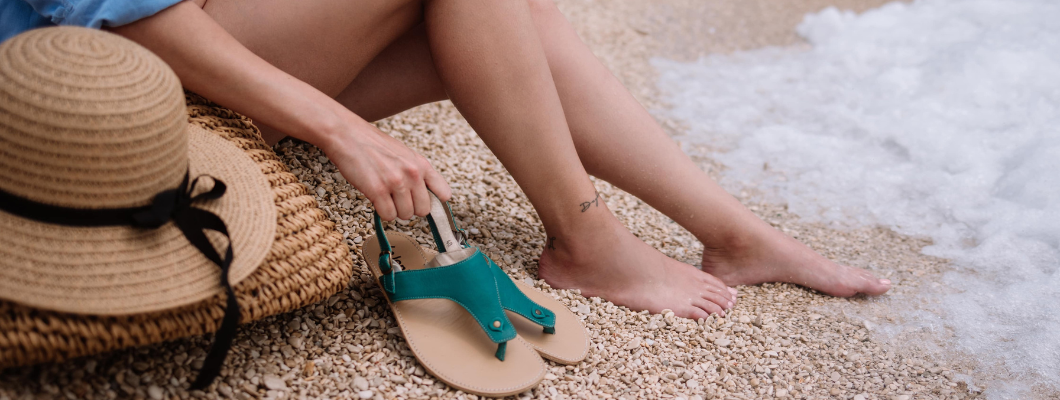
Switching to barefoot shoes is more than just a footwear change — it’s a return to natural, healthy movement. For beginners, it can feel unfamiliar at first, but with the right approach, the transition can be smooth and rewarding. In this blog, you’ll learn how to start wearing barefoot shoes, what to expect during adaptation, and how to choose the perfect pair for your lifestyle.
Table of contents
- How should you start wearing barefoot shoes?
- Where is the best place to begin using barefoot shoes?
- Which barefoot shoes are right for you?
- What exercises support healthy feet?
- How should you care for barefoot shoes?
How should you start wearing barefoot shoes?
Transitioning to barefoot shoes requires patience and consistency. Your feet need time to strengthen, stretch, and adapt to the new form of movement.
Practical steps for a smooth start:
- Start with 1–2 hours per day for the first week and increase gradually.
- Alternate barefoot shoes with your usual footwear until your feet adjust.
- Pay attention to how your muscles and joints feel — mild soreness is normal at first.
- Include light foot-strengthening exercises.
- Choose season-appropriate models, such as barefoot sneakers for spring and fall or barefoot sandals for summer.
Gradual adaptation helps your feet regain mobility and balance while reducing the risk of strain or discomfort.
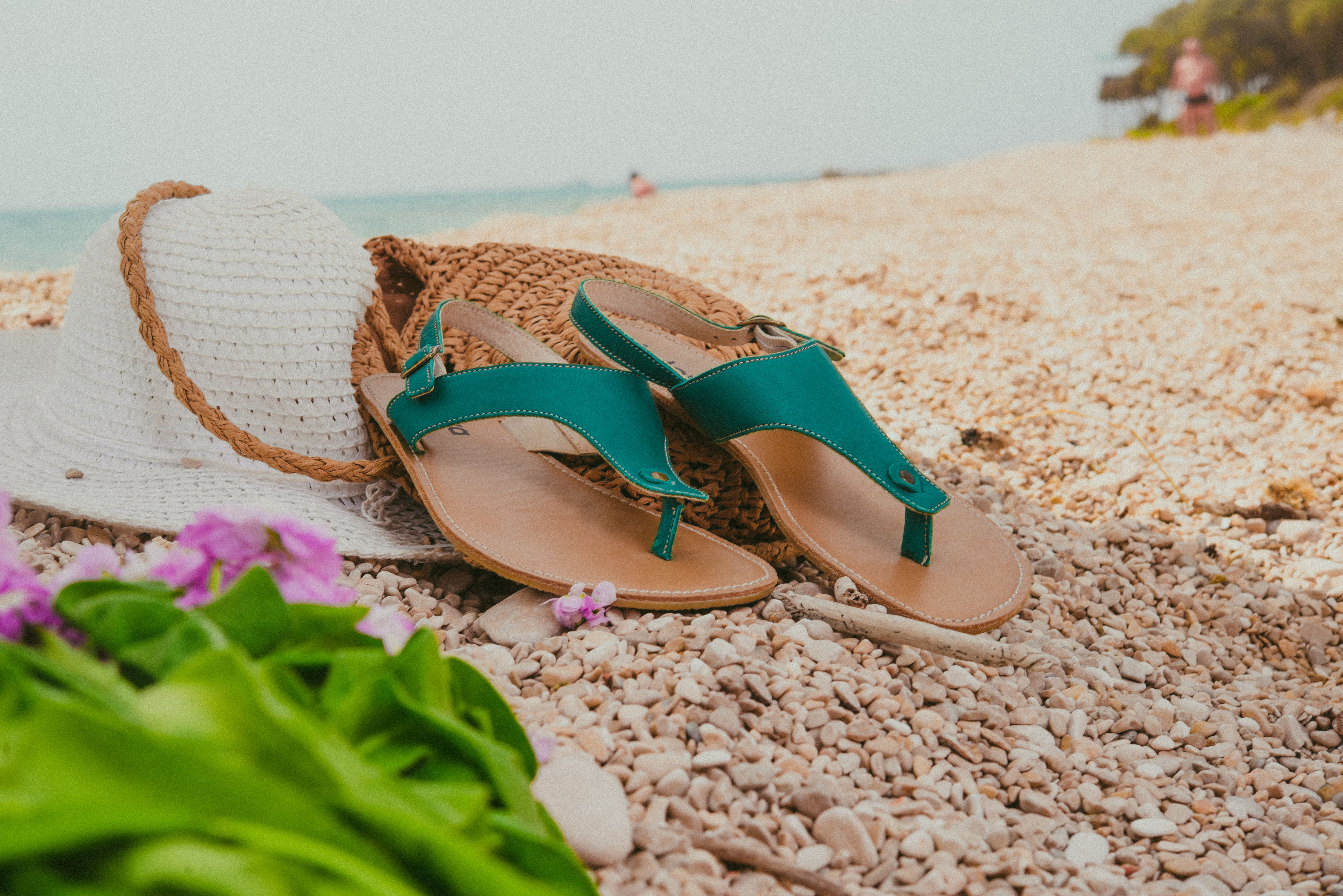
Where is the best place to begin using barefoot shoes?
Soft, natural surfaces like grass, sand, or a rubber track are ideal for beginners. They cushion your steps while allowing your foot muscles to engage naturally. Over time, as your strength and balance improve, you can move to harder surfaces like sidewalks or gym floors.
Pro tip: When walking on hard ground, focus on gentle heel-to-toe movement — this encourages proper foot alignment and posture.
Which barefoot shoes are right for you?
The right pair depends on your lifestyle, daily routine, and preferred activities. Every model supports a natural stride and wide toe box, but materials and design make a difference.
- Barefoot sneakers - Everyday urban wear, work, or light sports - Be Lenka Rebound — flexible and timeless
- Barefoot sandals - Warm weather, vacations, and leisure - Be Lenka Promenade — airy and minimal
- Leather barefoot shoes - Colder days or formal wear - Be Lenka Core — versatile and minimalist
Each pair is designed with zero-drop soles, flexible construction, and a wide toe box that allows your feet to move naturally — features that make barefoot shoes distinct from conventional footwear.
What exercises support healthy feet?
Stronger feet adapt more easily to barefoot walking. Simple daily movements can make a big difference in stability and comfort.
Try these beginner exercises:
- Toe spreading: Sit or stand barefoot and gently spread your toes apart for 10–15 seconds.
- Object pick-ups: Grab small items (like a towel or pencil) with your toes to strengthen grip muscles.
- Heel raises: Stand on your toes and slowly lower your heels for balance and calf activation.
- Foot rolling: Use a tennis ball or roller to massage the soles and improve flexibility.
Practicing these exercises for a few minutes daily helps prevent fatigue, enhance stability, and reduce the chance of arch pain during transition.
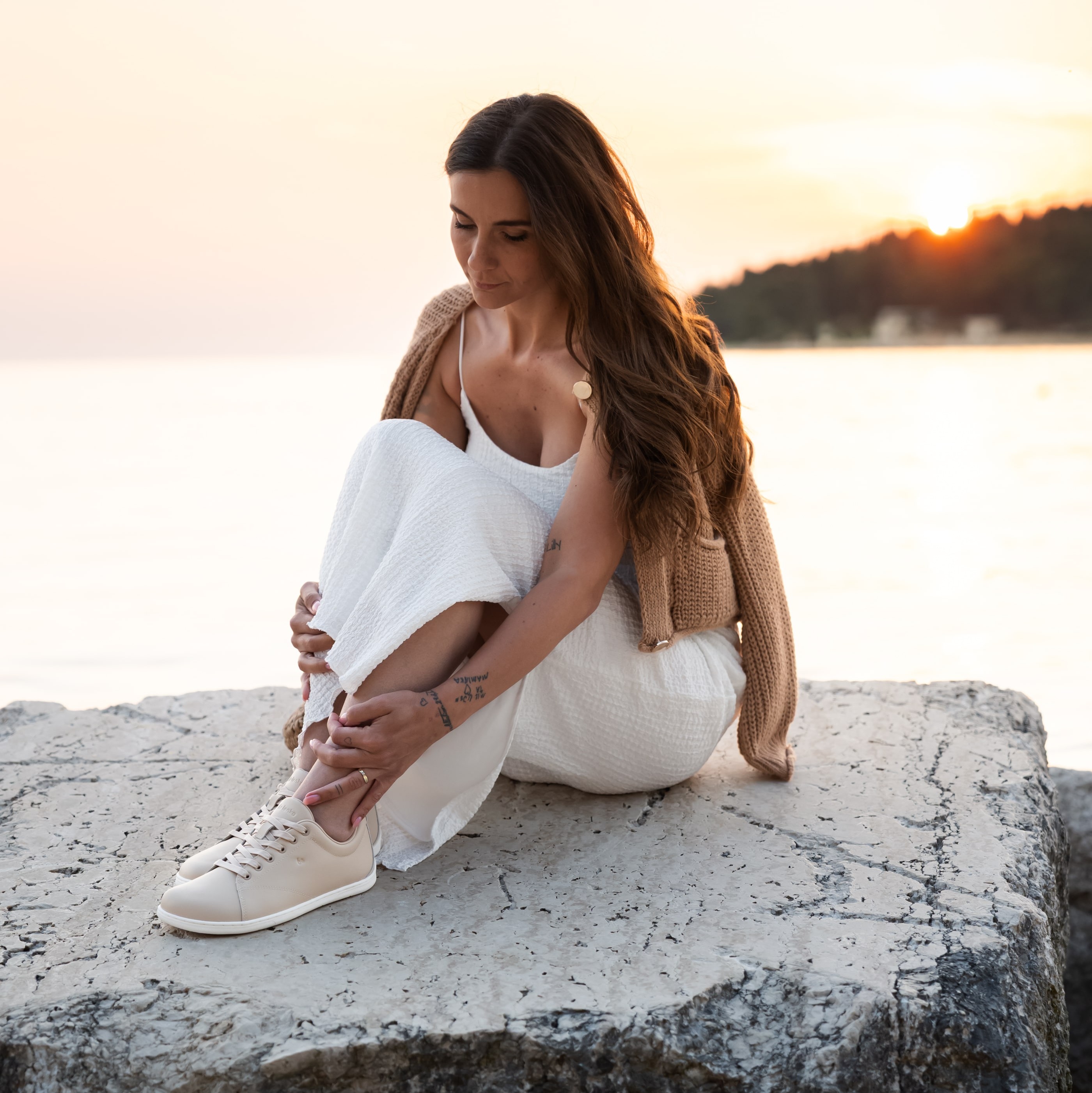
How should you care for barefoot shoes?
Proper maintenance extends the life and comfort of your shoes. Barefoot footwear, especially leather or textile models, benefits from regular cleaning and conditioning.
Care tips:
- Remove surface dirt with a soft brush after each wear.
- Allow shoes to air dry — avoid placing them on radiators or heaters.
- Use natural leather wax or balm to maintain flexibility and water resistance.
- Rotate between pairs to let materials rest and maintain shape.
Following these simple care steps helps your barefoot shoes stay durable and comfortable for years.
Starting your barefoot journey is an investment in your long-term health and mobility. By progressing gradually, practicing strengthening exercises, and choosing quality footwear, you’ll allow your feet to function as nature intended — strong, stable, and pain-free.
When you’re ready, explore Be Lenka’s collection to find your perfect pair and enjoy the freedom of natural movement every day.
Sources
- Holowka, M., & Wallace, I. J. (2021). Barefoot walking: Implications for foot mechanics and injury prevention. Journal of Foot and Ankle Research, 14(1), 1–9.
- Zeininger, A., et al. (2022). Minimal footwear and foot health: Evidence from long-term studies. Frontiers in Sports and Active Living, 4, 888125.
- Franklin, S., & Grey, M. J. (2023). The transition to barefoot running: Muscle activation and adaptation. Sports Medicine, 53(4), 673–688.
FAQ
Is it safe to wear barefoot shoes every day?
+ -Yes, but a gradual transition is recommended so your feet can adapt.
How long does it take for feet to get used to barefoot shoes?
+ -Usually a few weeks to months, depending on the condition of your feet.
Can barefoot shoes help with back pain?
+ -According to research, properly worn barefoot shoes can support better posture and reduce tension in the spine.
What surface is best for beginners?
+ -Soft natural surfaces such as grass, forest trails or sand.
 DE / USD
DE / USD

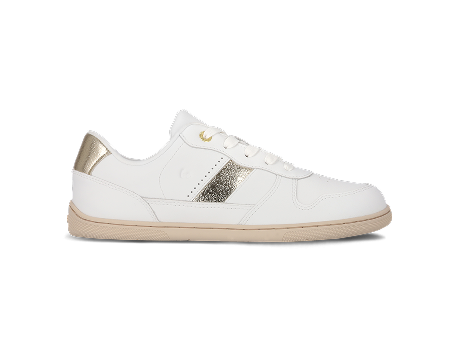

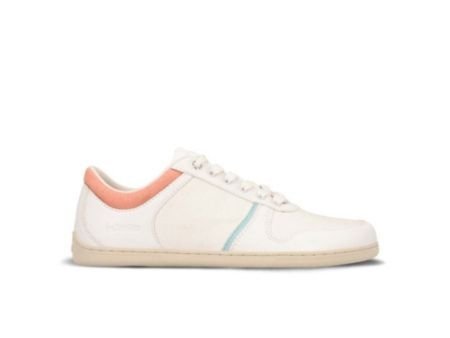
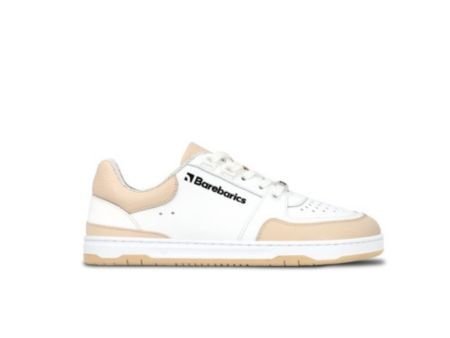

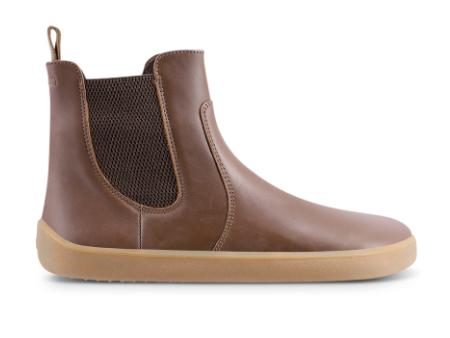


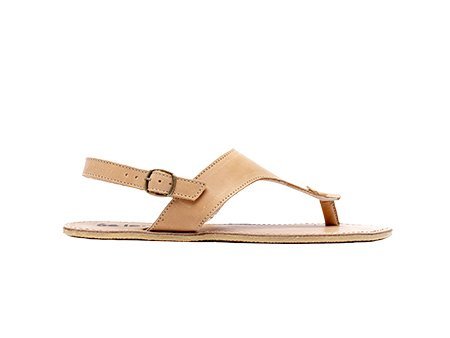
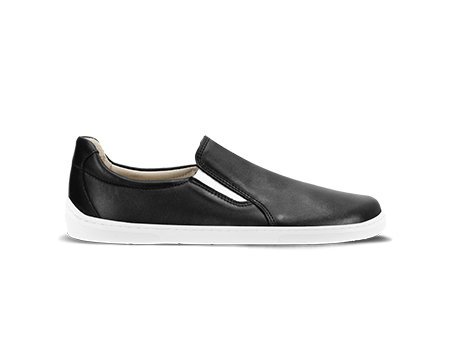

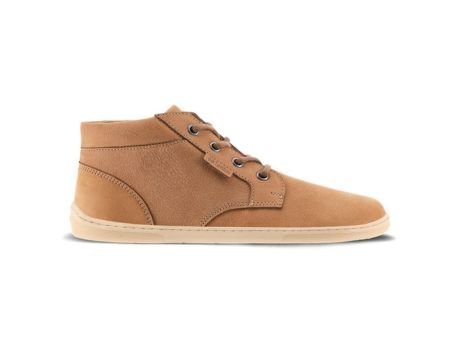

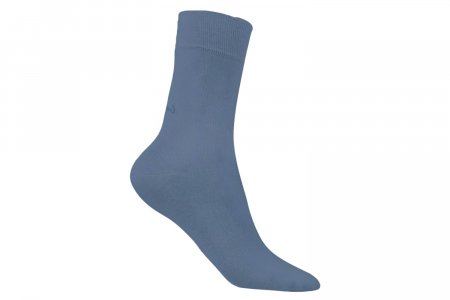
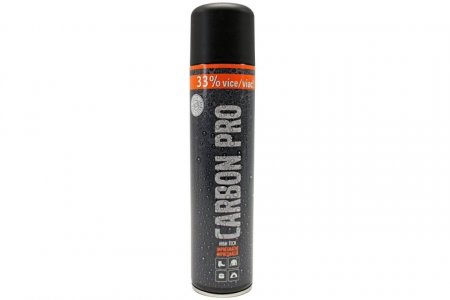
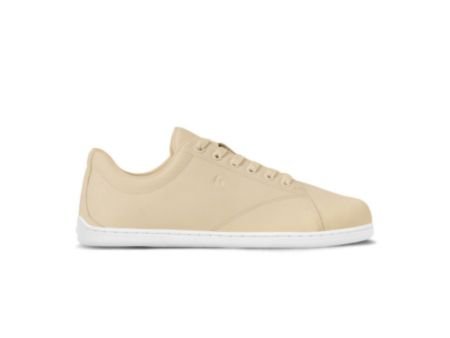
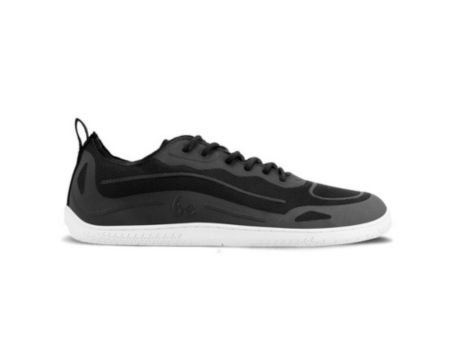
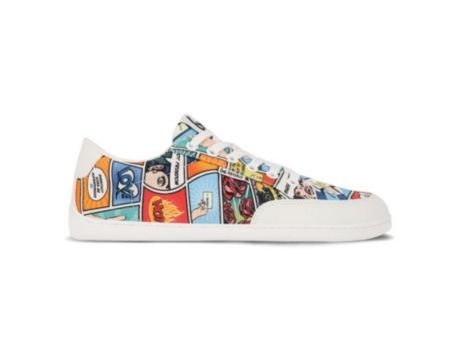

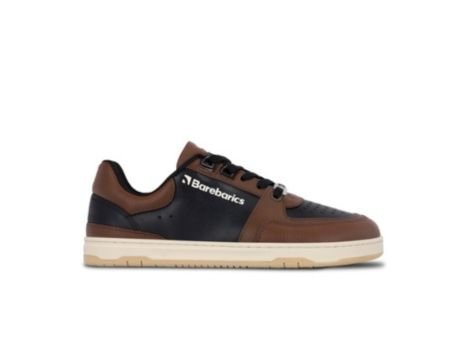


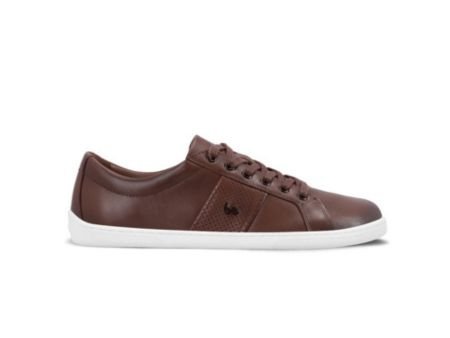
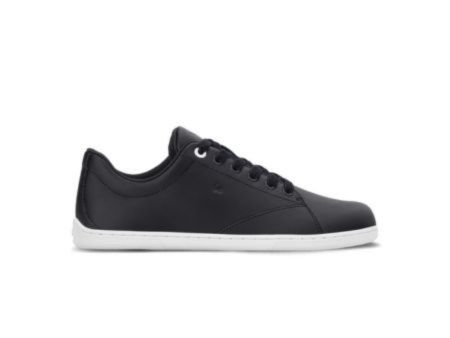
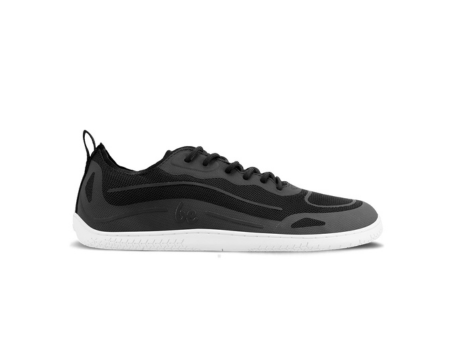

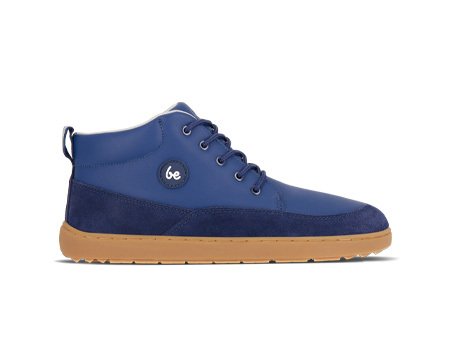

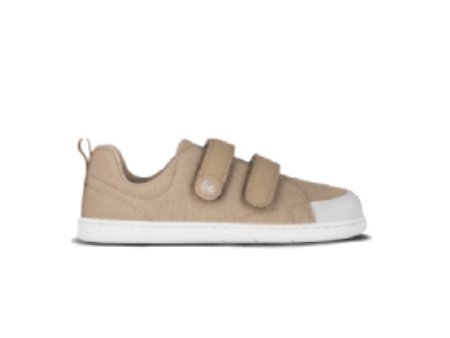

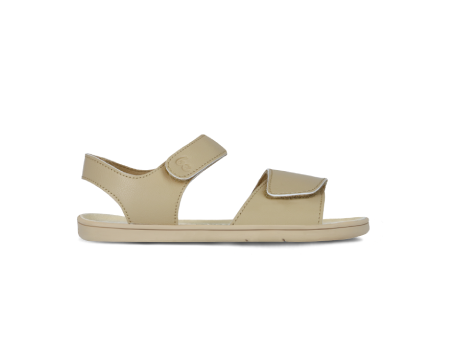
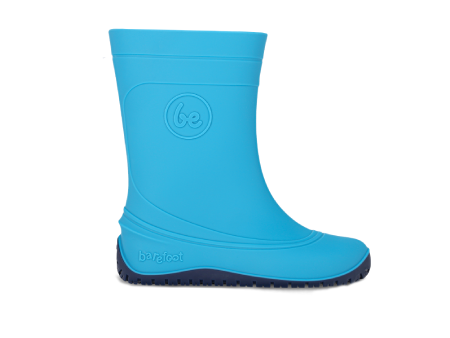
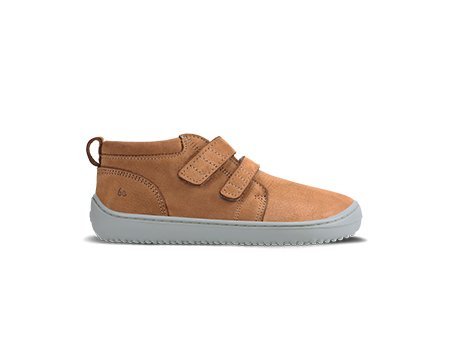
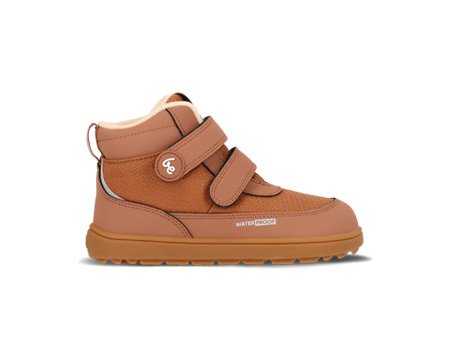
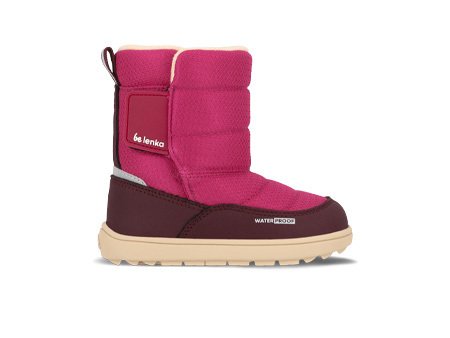

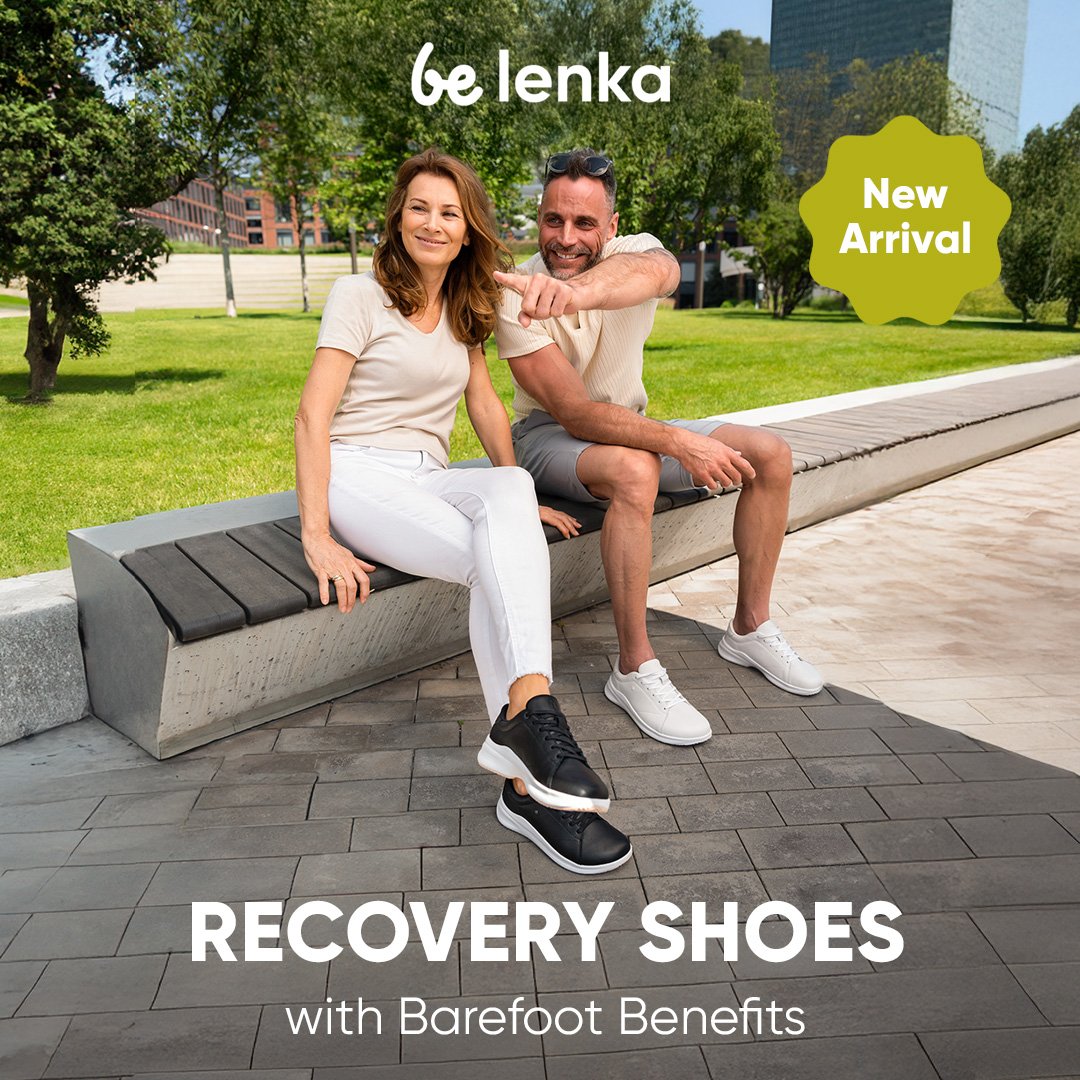
 Be Lenka
Be Lenka
